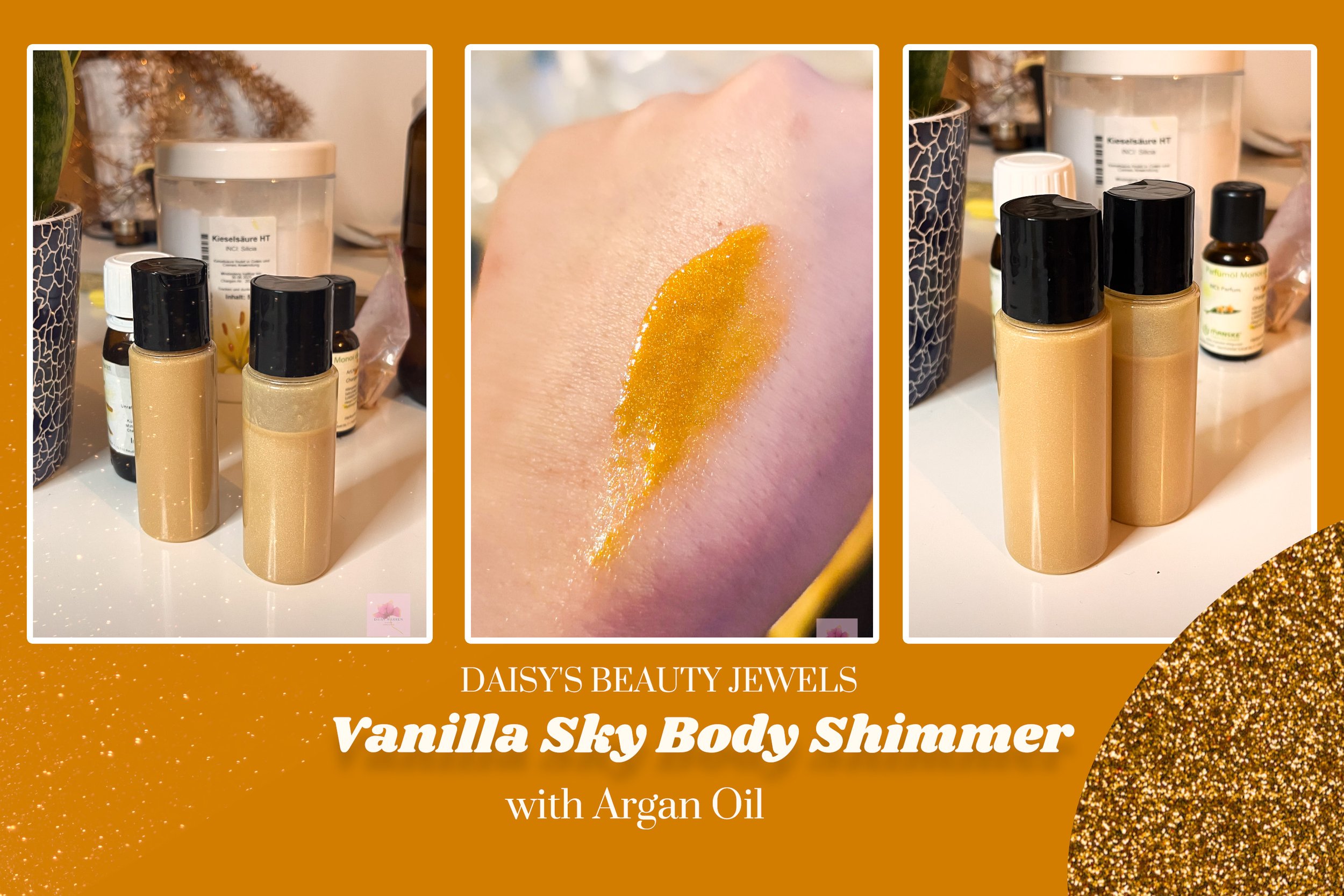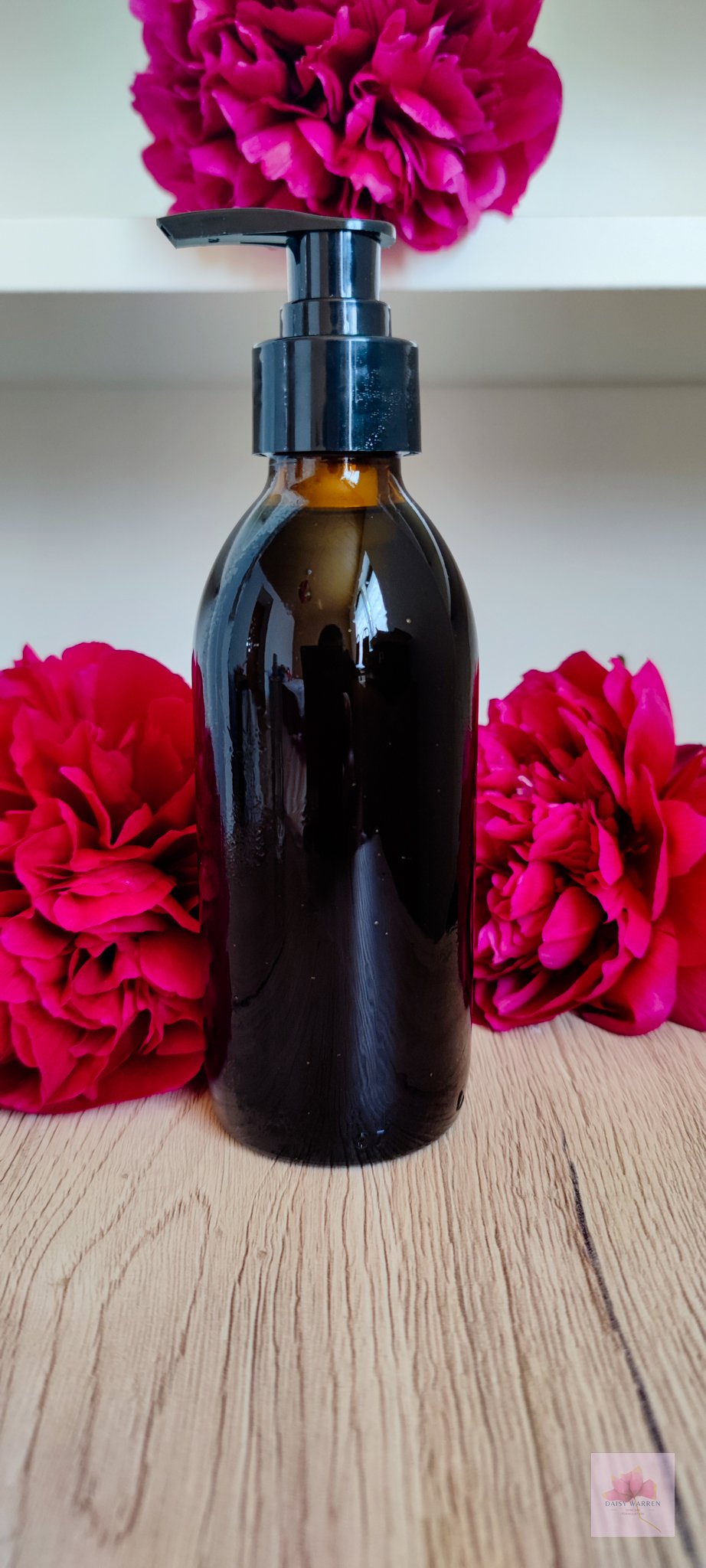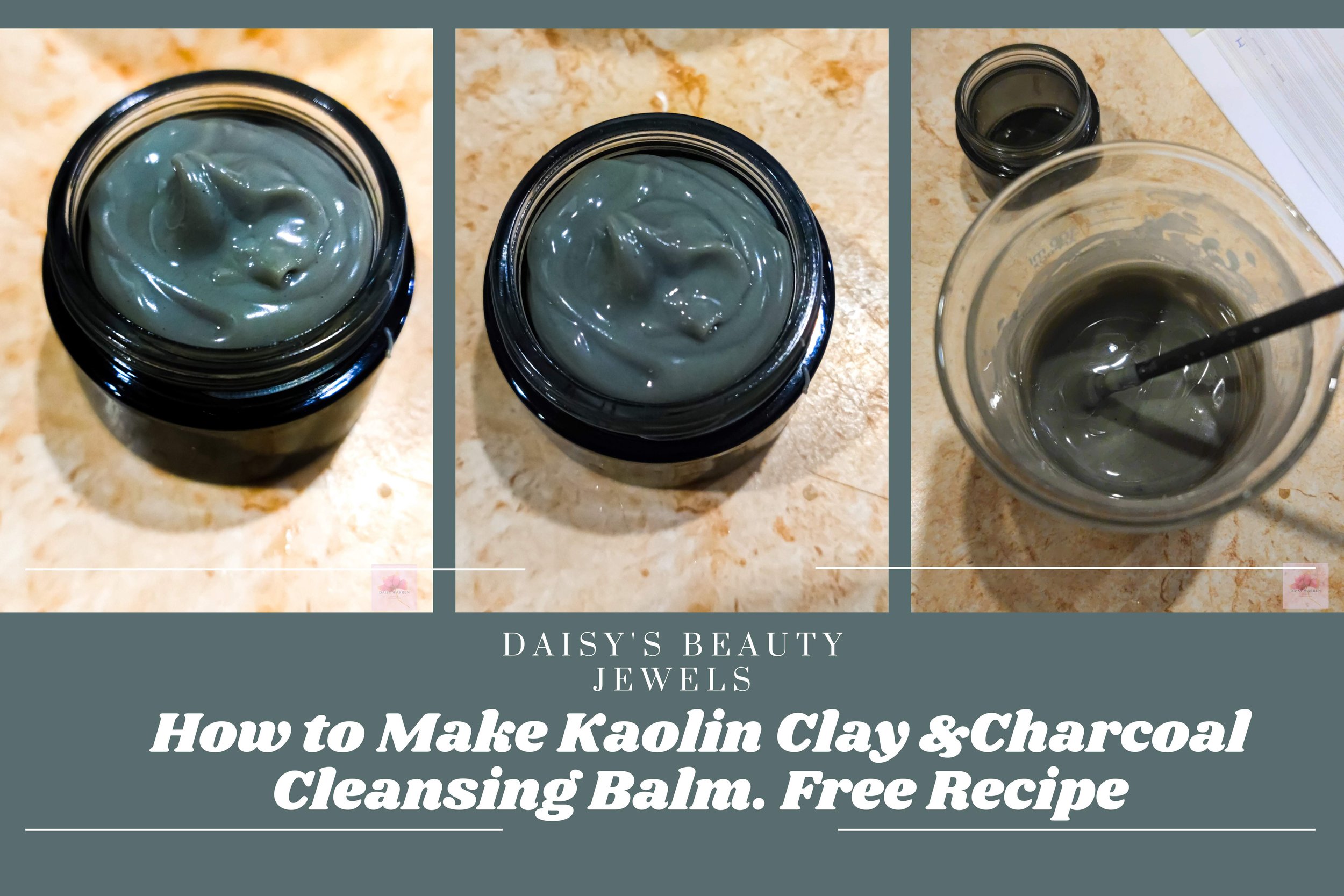How to make clear micellar gels
What is micellar gel?
A micellar gel is a type of skincare product that combines the properties of micellar water with a gel formula.
Micellar water is a popular cleanser that contains micelles, which are tiny oil molecules suspended in water. These micelles work like magnets, attracting dirt, oil, and impurities from the skin's surface and effectively removing them. On the other hand, gel formulas have a thicker and more viscous texture that is commonly used in moisturizers and skincare products. A micellar gel combines the cleansing power of micellar water with the hydrating properties of a gel, resulting in a gentle yet effective skincare product.
The unique aspect of a micellar gel is its ability to cleanse and hydrate the skin simultaneously. When applied to the skin, the micellar molecules in the gel attract and lift away dirt, makeup, and other impurities without stripping the skin of its natural oils. At the same time, the gel component of the product provides a hydrating and refreshing sensation, leaving the skin feeling clean, soft, and moisturized. Micellar gels are particularly beneficial for individuals with sensitive or dry skin, as they provide a gentle cleansing experience without causing irritation or dryness. Overall, micellar gels offer a convenient and multifunctional solution for effective skincare routines.
So why not learn how to formulate micellar gels yourself?
If you want to know how to make micellar gels with Sepimax Zen and Sepinow EMT 10, check out this post.
Originally, I only made the pink, green, and blue micellar gels with Sepinov, Sepimax, and different solubilizers.
But I thought since it could be difficult to source Sepinov EMT 10, I could try to create a micellar gel with a more available rheology modifier. While there are many gel makers out there, sometimes it's difficult to find one that doesn't make sticky textures. Then I remembered HEC (Hydroxyethylcellulose) is easy to find; it creates clear gels with a pleasant, non-sticky skin feel, so I went for this ingredient to create a new version of a micellar gel.
What is HEC?
Hydroxyethylcellulose is a gelling agent that creates clear, odorless, and stable hydrogels with barely noticeable film. It can hold a small amount of oils (5% definitely works) without a co-emulsifier, and you can create wonderful serums and light fluids with this rheology modifier.
You can also use it to stabilize the water phase in your emulsions. If you use it with surfactants, the gel tends to lose its viscosity, make sure to either add more HEC or use Xanthan Gum or another surfactant-compatible gelling agent.
Usage rates:
gels 1–1.5%, in emulsions as a stabilizing component 0.2-0.5%. You can use HEC up to 4% in your formulations, but this input is quite rare.
Dispersion:
HEC likes heat so you can hydrate it in hot water, stir for a few minutes and then let it sit for a few hours, and then add the rest of the ingredients (which, by the way, I didn't do in this tutorial🙄 but you should).
Suppliers:
https://www.messysupplies.com/products/pure-hechttps://www.thesoapery.co.uk/products/hydroxyethyl-cellulosehttps://www.windypointsoap.com/products/hydroxyethylcellulose-hechttps://lotioncrafter.com/products/hydroxyethylcellulose-hec-1https://www.lesamesfleurs.com/en/products/hydroxyethylcellulose-hechttps://www.purenature.co.nz/products/hydroxyethylcellulosehttps://www.newdirections.com.au/100-g-Hydroxyethyl-Cellulosehttps://www.dragonspice.de/naturkosmetikRohstoffe/Alle-Rohstoffe-A-Z/Natrosol-250HX.htmlhttps://www.alexmo-cosmetics.de/Natrosol-250-HX_1I am also adding a powdered humectant called Trehalose.
Trehalose, a naturally occurring sugar molecule, has gained significant attention in the skincare industry due to its remarkable benefits. This versatile ingredient possesses unique properties that make it a valuable addition to various skincare products. Trehalose is known for its exceptional ability to retain moisture, acting as a hygroscopic agent. It forms a protective barrier on the skin, preventing water loss and enhancing the skin's natural hydration levels. By maintaining optimal moisture balance, trehalose helps to combat dryness, dehydration, and associated skin concerns such as flakiness and dullness. Furthermore, this moisture-locking capability makes trehalose an ideal ingredient for individuals with sensitive or easily irritated skin, as it helps to soothe and calm the skin, reducing redness and inflammation.
Typical Usage Rates: 0.5–3%
You can use a different humectant, powdered or liquid, instead of Trehalose. Here are a few of the humectants that you can use in this formulation:
Glycerin
Propanediol
Pentylene Glycol
Panthenol
Betaine
Urea
Hyaluronic Acid
You also need to include a solubilizer in your micellar gel or water formulations, and while there are a variety of solubilizers available to use, for this product I decided to stick with something that was easy to find and very affordable.
Polysorbate 80 (you can also use Polysorbate 60 or Polysorbate 20)
If you want to use a natural alternative to Polysorbates, then you could try Caprylyl/capryl glucoside or Heptyl Glucoside. I worked with these ingredients without any issues.
Immortelle Micellar Gel
A 90.00% Immortelle Hydrosol
A 1.00% Trehalose
A 0.50% Liquid Germal Plus
B 3.00% Glycerin
B 0.50% Hydroxyethylcellulose
C 5.00% Polysorbate 80
INSTRUCTIONS:
The way I made it:
I mixed the A phase, then I added HEC and used a hot plate and a magnetic stirrer to mix and warm up my ingredients. The problem was that I did;t think ahead, I should have transferred the preservative to a different phase since it's heat sensitive. I could only heat up my ingredients to 35C. Then I added the B phase and left everything to hydrate. Finally, slowly drop by drop I mixed in the Polysorbate 80.
The way you should make it
Heat up your hydrosol or distilled water to 60-70C, add HEC, and stir for 2-3 minutes. Leave it fully hydrated, and add all the ingredients except Polysorbate 80. Lastly, slowly add Polysorbate 80 and mix well in between each addition. This will prevent clumping.
Measure and adjust the pH, my pH came at 5.6 so I didn't have to bring it down.
I used my Immortelle Micellar Gel and it worked like magic in removing my waterproof mascara. You can see how well it does in this short video
@daisywarren949 By the way, you can also mix your gel with a spatula, rod or even a minimixer#formulating #leaveinconditioner #gel ♬ Roses (Imanbek Remix)
How to tweak this formulation to better suit your skin type?
The easiest way to tweak this formulation is to add actives and herbal extracts and play around with different hydrosols and humectants. The micellar gel formulation I’m sharing today is very minimalistic, so you can easily adapt it to your skin type, brand identity, or brand values.
For example:
dry, irritated skin: Panthenol, Chamomile, Calendula Extract, Rose Hydrosol, aloe vera juice, etc.
oily skin: Green Tea Extract, Bergamot Hydrosol, Witch hazel water or extract, Aloe vera, Niacinamide, willow bark extract.
Feel free to include Hydrolyzed proteins for even extra moisturizing and skin-protecting benefits.
ORIGINAL
A 90.00% Immortelle Hydrosol
A 1.00% Trehalose
A 0.50% Liquid Germal Plus
B 3.00% Glycerin
B 0.50% Hydroxyethylcellulose
C 5.00% Polysorbate 80
BOOSTED with soothing and hyrating ingredients
A 65.00% Distilled Water
A 15.00% Calendula Hydrosol
A 4.00% Panthenol
A 2.00% Rice Hydrolyzed protein
A 2.00% Honeyquat
A 2.00% Chamomile Extract
A 1.00% Trehalose
A 0.50% Liquid Germal Plus
B 3.00% Propanediol
B 0.50% Hydroxyethylcellulose
C 5.00% Polysorbate 80
If you want to take your formulation game to the next level, consider purchasing a Formulation Journal or Ingredient Research Journal to keep your formulating notes and formulas organized. You can check them out here (A4 size, color interior, more than 200 pages)
6x9 Formulation Journals, black&white interior pages., 240 pages
Use my Airtable Base developed specifically for formulators and small business owners to keep track of all your formulas, ingredients, expenses, batch tracking, costs, etc.
DISCLAIMER: Daisy’s Beauty Jewels blog is reader-supported. When you buy products through Amazon links in my blog I may earn a small affiliate commission
This website participates in the Amazon affiliate program; as an Amazon Associate, I earn from qualifying purchases.
CHECK OUT MY INSTAGRAM






































































































